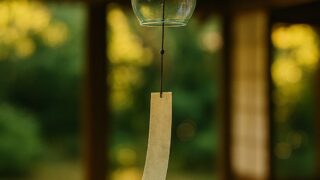 Objects
Objects The Bell That Listens to the Wind: Furin with Kokoro
Seated on the engawa, I watched the furin sway under the eaves. Its glass caught the wind, pouring coolness into the heavy air—a moment of stillness to keep within Kokoro.
Objects are tangible forms for daily use: tools, furnishings, containers, and simple partitions built from wood, paper, clay, fabric, or metal. We describe their build and use—joinery and weave, lacquer and grain, the trace of hand, the upkeep that keeps form sound—so that materials and time explain why a hashioki keeps chopstick tips clear between pauses, a noren slows view and air between rooms, and a zabuton holds a seat and spreads weight for long sitting; parts are named plainly and handling is shown from grip to storage. Our interest is fit and duration rather than collecting; entries stay brief and practical, recording care and repair so a well-kept object keeps working and shapes ordinary places quietly over years.
 Objects
Objects 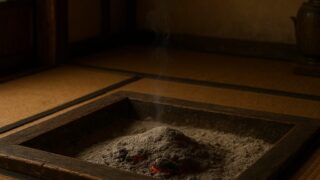 Objects
Objects 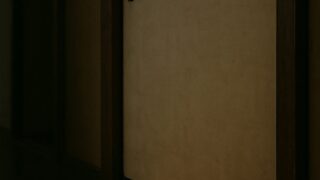 Objects
Objects 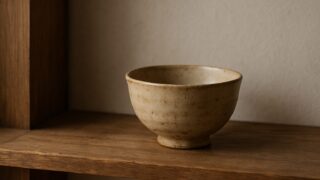 Objects
Objects 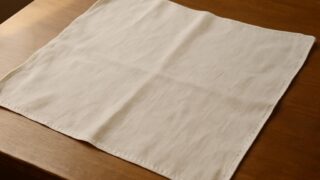 Objects
Objects 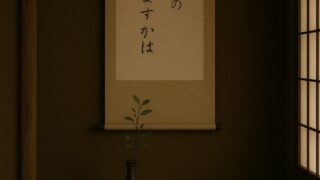 Objects
Objects 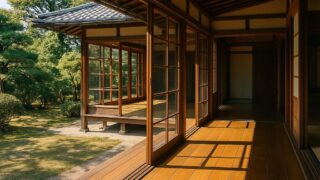 Objects
Objects